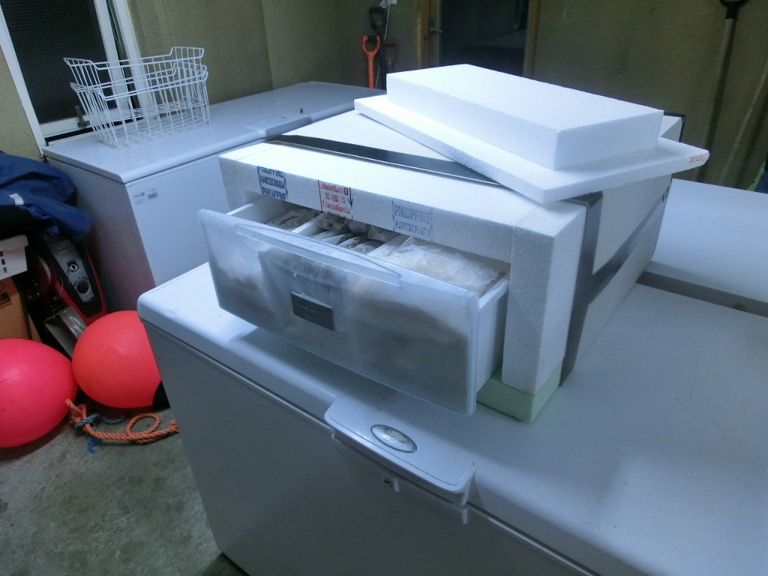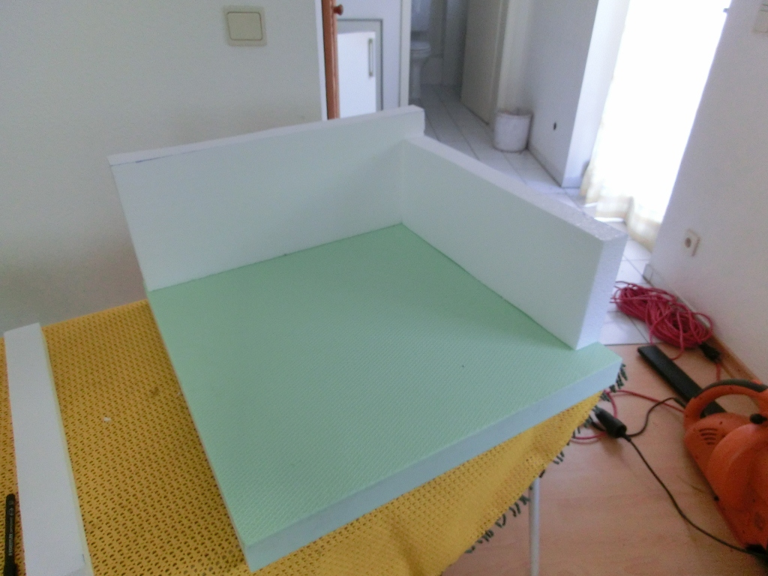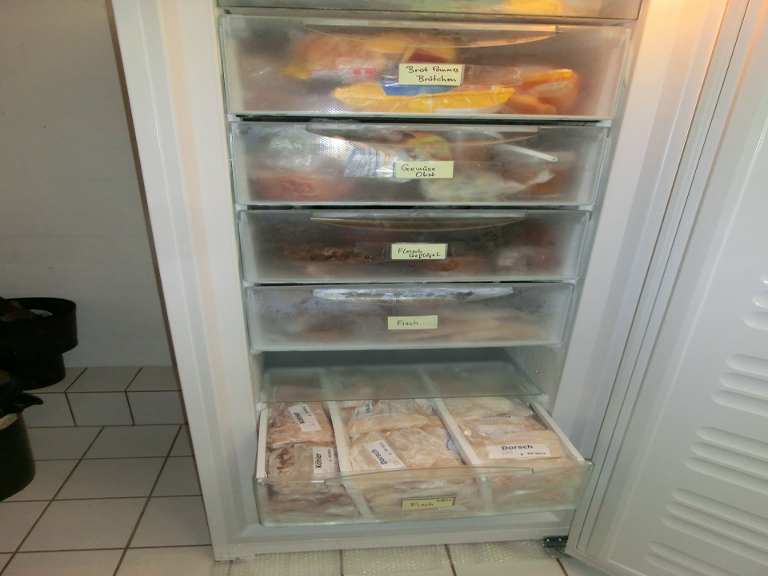The Problem
For the transport of frozen fish fillets I previously had a transport box insulated with Styrodur.
Unfrozen and welded in freezer bags, the fillets can be stacked in the freezer of the fishing camp space-saving and easy. But when they are repacked into the transport box, they fall apart. You don’t get the puzzle back together when you stack it into the transport box. The fillets now need a lot more space. So there is nothing left but to go with lots of air in between. This is not good for the cold energy balance of the transport.
The same work is then done again at home when repacking into the freezer.
The Idea
The idea is that a drawer of the freezer at home is converted with polystyrene.
Then you can already pack the fillets into the drawer in the freezer of the camp and the annoying and time- and space-consuming 2 times repackaging of the fillets is omitted.
I did not create a 100% accurate description. The whole thing is just a craft fritzen anyway. And everyone can do the whole thing better, and that’s a good thing. But I think the idea really comes close!
The Task
The drawer should:
– in Norway: taken out of the freezer – into the box
– at home: taken out of the box – into the freezer
– no repackaging of the fillets in Norway
– no repackaging of the fillets at home









